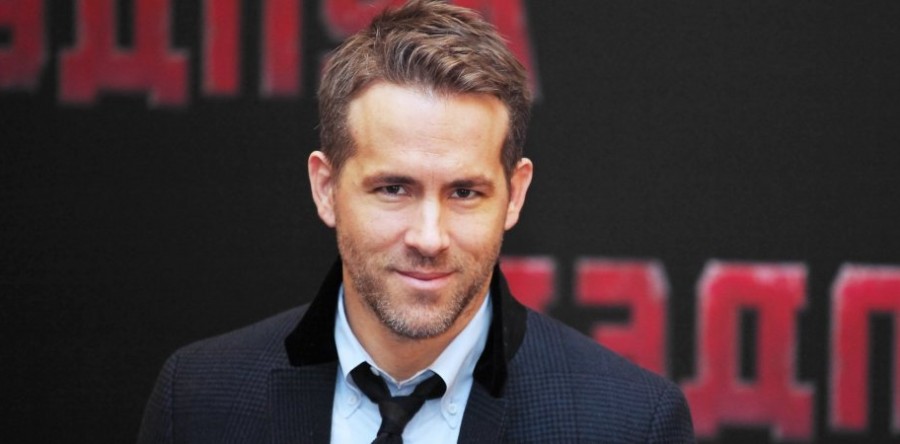3 Marketing Moves That Made 'Deadpool' a $132 Million Smash
How a film about a niche Marvel character blew up at the box office.
By Ilan Mochari <Article Source>
The movie "Deadpool" grossed $132 million at the domestic box office last weekend, setting a record for R-rated openings, and dousing its $58-million budget in black ink.
The bountiful returns have spurred the entertainment industry to analyze the marketing magic of the movie. Everyone is wondering: How did a film about a minor Marvel character make so much money?
Entertainment Weekly posed this very question to Marc Weinstock, head of domestic marketing at 20th Century Fox, the primary production company behind the film. Weinstock pointed to three marketing moves:
1. The film stayed true to the original traits of the Deadpool character, appeasing hardcore fans. Instead of sanitizing Deadpool, and making him a family-friendly hero with a chic costume, the filmmakers were intent on creating a movie that diehards would appreciate. This meant that the film would have to be R-rated, rather than PG-13, since Deadpool is a notoriously twisted wise-ass with almost no sense of boundaries.
In addition, the studio stayed true to Deadpool's original costume, which is inextricably linked to his personality and attributes, heroic and otherwise. When another version of the Deadpool character had appeared in the 2009 film "X-Men Origins: Wolverine," the representation alienated many longtime fans for several reasons, not the least of which was the liberties it took with his costume.
Weinstock told EW that "Deadpool" was intent in its early marketing to allay fans' concerns. "They had two big fears," he said. "One was the costume, and two was the R-rating. If they didn't get the costume right, they knew that this was trouble, and if it wasn't R-rated, they would say, 'This isn't Deadpool. This is some abomination.'"
2. The star of the film, Ryan Reynolds, was fully on board. As early promotion began, the campaign focused on convincing Deadpool's longtime fans that this movie was not mainstream--it was for them, the dyed-in-the-costume fans. Reynolds' participation was essential to the strategy. "He put on the suit five or six times for full days of shoots on [promotional] content," Weinstock told EW.
For example, check out this mock celebrity interview between Reynolds and Mario Lopez, in which the topic is whether the film will have a PG-13 rating:
This helped prove that the Deadpool character, as played by Reynolds, would be his wise-cracking, metaphysical, no-boundary self--and that he'd be wearing the proper attire.
3. Audaciousness always wins. The R-rating freed up the marketing team to be bold. "We knew it wasn't like, 'How are we going to get every single person all at once, all audiences. Because we're R-rated, we can't get teenagers, so how do we get a bunch of adults?'" Weinstock told EW.
One of the answers was through an audacious billboard with two not-so-family-friendly emojis: A skull ("dead") and a pile of something that belongs in a toilet ("poo"). Followed by the letter "L," the billboard spelled out the title of the film--and its unique lead character--in a risqué way you wouldn't normally associate with a major motion picture, especially one about a Marvel character.
It was one more sign to hardcore fans that they could put their faith in the film. And after a $132 million opening weekend, it's safe to say their faith paid off.




